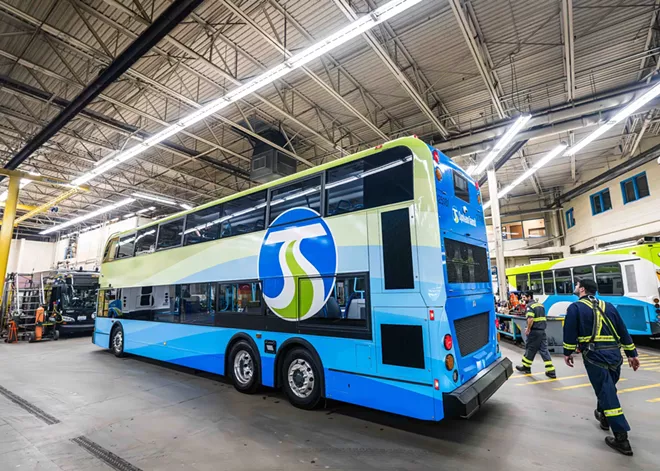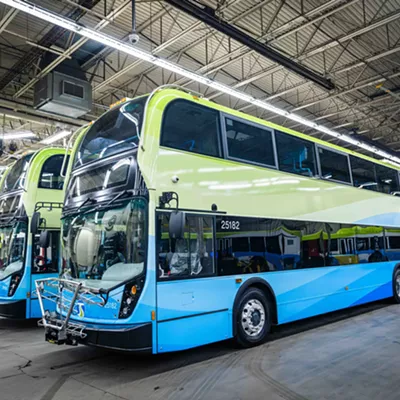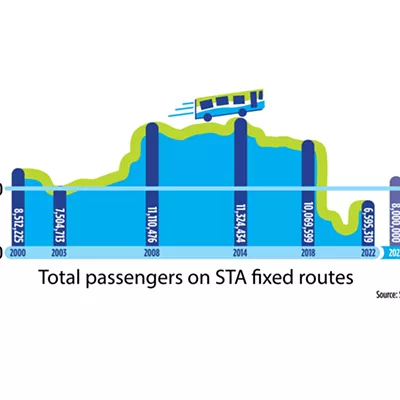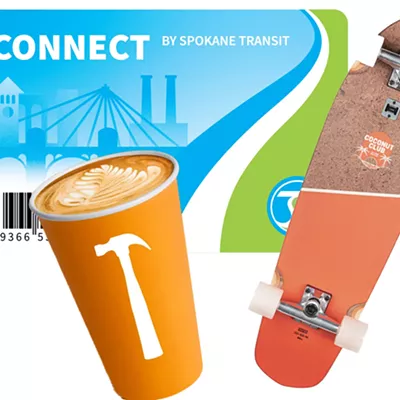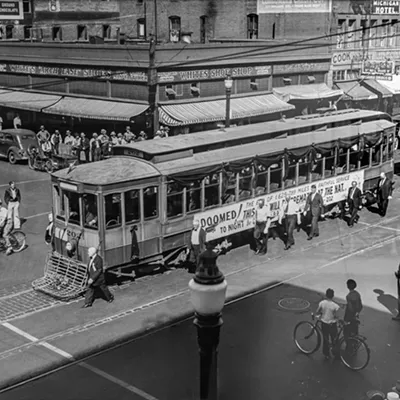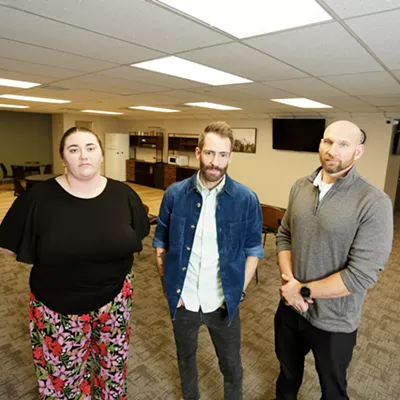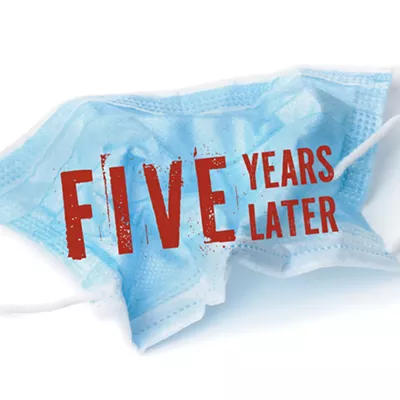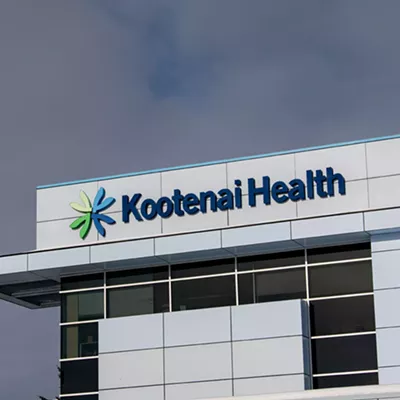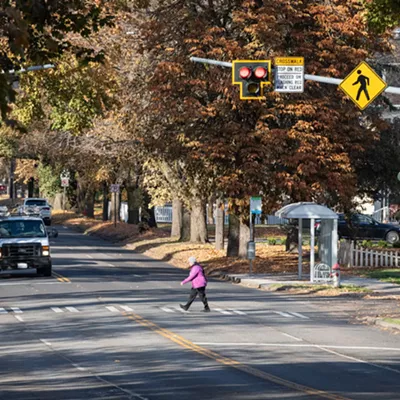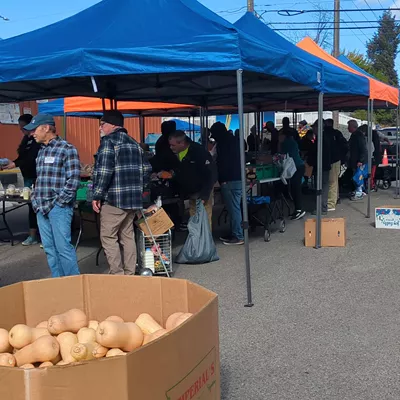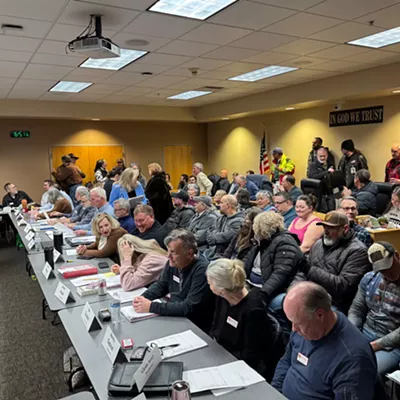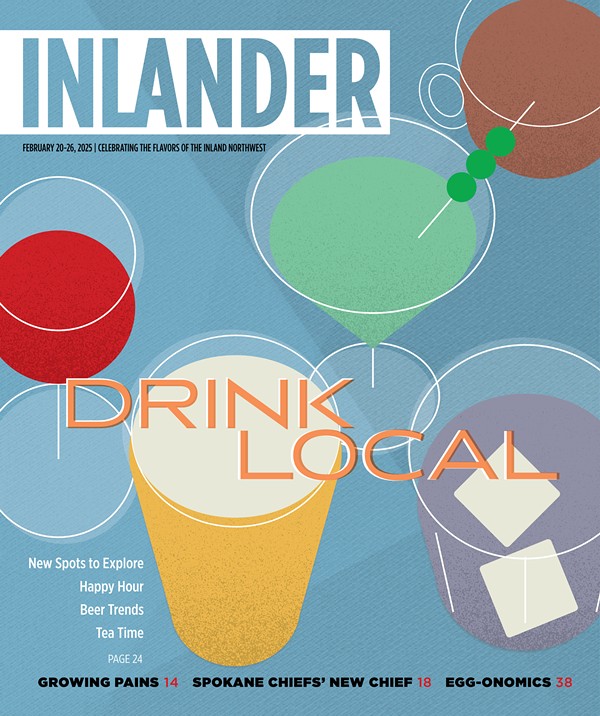In 1889, Spokane was an early adopter of the electric streetcar in the United States, just eight years after Berlin, Germany, began the first-ever commercial electric streetcar operations. In 2025, the Spokane Transit Authority, or STA, is channeling these innovative beginnings with eco-efficient vehicle fleets, free or reduced fares, and even bringing in new buses reminiscent of those used in London since the 1920s.
STA has purchased seven double-decker buses to serve Routes 6 and 66, primarily serving residents and workers in Cheney and students at Eastern Washington University. The double-decker buses are part of STA's strategic "Moving Forward" plan.
The two-level buses will accommodate the increasing number of riders commuting from the West Plains and Cheney area into Spokane. The buses can hold 108 riders, with seating for 82 passengers, and are expected to hit the roads in September.
Alexander Dennis, a subsidiary of New Flyer Inc., manufactured the buses. Each bus cost around $1.2 million, and 75% of the cost was covered by federal and state grants, according to Carly Cortright, STA's chief communication officer.
During peak early morning and evening hours, articulated buses with routes connecting the West Plains to Spokane can quickly fill up. Cortright describes articulated buses as having two or more rigid sections linked by a pivoting joint that looks like an accordion.
"At the beginning and end of the day, there can be standing room only on those bus routes," Cortright says. "Looking at, 'How do we improve?' is when the double-deckers came into play; there's better seating capacity, so they can sit instead of stand."
Cortright says there are currently no plans to incorporate more double-decker buses on other routes because of viaduct clearance limitations around Spokane: The double-decker buses are 13 feet, 6 inches tall.
Two double-decker buses arrived in December, with five more arriving in February. The buses are just one example of the agency improving mobility for residents. Other improvements include the vehicle rideshare program, low or reduced fares for Spokane students, and expanding bus rapid transit services.
RAPID TRANSIT
Karl Otterstrom, interim co-CEO for STA, says the first articulated buses in the STA fleet were used for those commuting to Eastern. As double-deckers replace the articulated buses on those routes, STA plans to move those articulated buses to other routes around Spokane County.
By 2030, STA is expected to complete the Division Street Bus Rapid Transit route along Division, running from downtown Spokane to the unincorporated area of Mead.
The project will resemble Spokane's City Line, a 6-mile rapid transit route operating between Spokane's historic Browne's Addition and Spokane Community College that started in July 2023.
Cortright says the Spokane Regional Transportation Council, Washington State Department of Transportation, city of Spokane and Spokane County officials have been collaborating to make Division Street more efficient for transit riders when the North Spokane Corridor is finished. Once the freeway is complete, the goal is to open the rapid transit line along Division.
"Once that freeway is fully open, that [street] traffic will divert," Cortright says. "What does that look like for the future landscape of Division? ... The whole project together includes not just transportation but land use."
The project will also create more walkability and add bike paths that increase pedestrian safety and lower traffic congestion.
Like the City Line, the Division rapid transit line will utilize battery electric buses. Last year, STA's electric bus fleet prevented the creation of 982 metric tons of greenhouse gas emissions, according to Christian Bigger, STA's zero-emission fleet and facility manager.
Other familiar features will include raised bus stops, making it quicker to board the buses, and waits of 15 minutes or less between buses.
The Division bus rapid transit project received a $2 million grant from the Reconnecting Communities Pilot Program, which was created under the federal Infrastructure Investment and Jobs Act.
Spokane Reimagined, a nonpartisan grassroots organization that has been critical of STA in the past for bus routes in low-density areas, supports the project and the use of grant funds to help riders in high-density areas along Division Street.
Erik Lowe, founder of Spokane Reimagined, says he is excited to see transportation improvements along Division Street. After seeing the City Line's success, he wishes the Division bus rapid transit would start sooner than 2030.
"The City Line has become a cornerstone of STA's service, and we look forward to more high-performance transit in Spokane," Lowe says.
ROLLING FORWARD
In 2021, STA ridership was down to about 5.24 million trips due to factors related to the pandemic. But in January, STA announced ridership surpassed 10 million trips in 2024, even higher than the prepandemic ridership of nearly 10 million in 2019.
Myriad factors have contributed to STA's ridership bounceback, Cortright says, including the City Line, which has helped provide students at Gonzaga University and Spokane Community College with affordable and reliable transportation.
In 2022, STA also started offering zero-fare bus passes for youths 18 and younger. Those young riders now make up about 20% of STA's total ridership. Cortright says more classrooms have been able to utilize public transportation for field trips and reduce the cost of hiring charter buses.
"We have a great partnership with Spokane Public Schools," Cortright says.
Other updated STA services like Rideshare have seen plenty of interest and success. The service, formerly known as Vanpool and rebranded in 2023, allows three or more people to share a ride using an STA-provided vehicle.
Groups interested in the program must have at least two designated drivers with good driving records who complete a free defensive driving course online and park the STA vehicle at their house. STA provides insurance and roadside assistance for rideshare vehicles.
Depending on whether you're commuting within Spokane County or nearby counties, the monthly fee per person can range from $60 to $100 a month.
Rideshare currently has 89 active vehicles being used by rideshare groups, though there are 97 vehicles in the STA rideshare fleet. The program is most popular with city and county government employees, as well as those at Fairchild Air Force Base, and rideshares are available going as far as Grand Coulee Dam.
Otterstrom says STA continues working to provide options that allow more residents to be mobile.
"Whether by choice, economics or disabilities, you can be an active member of our community because STA is here for you as a mobility option, and [that's] something we're very proud of," Otterstrom says. ♦
Editor's Note: This story was updated on Jan. 30 to add the city of Spokane to the list of agencies planning the Division bus rapid transit project and clarify that Rideshare is the rebranded name for Vanpool.
